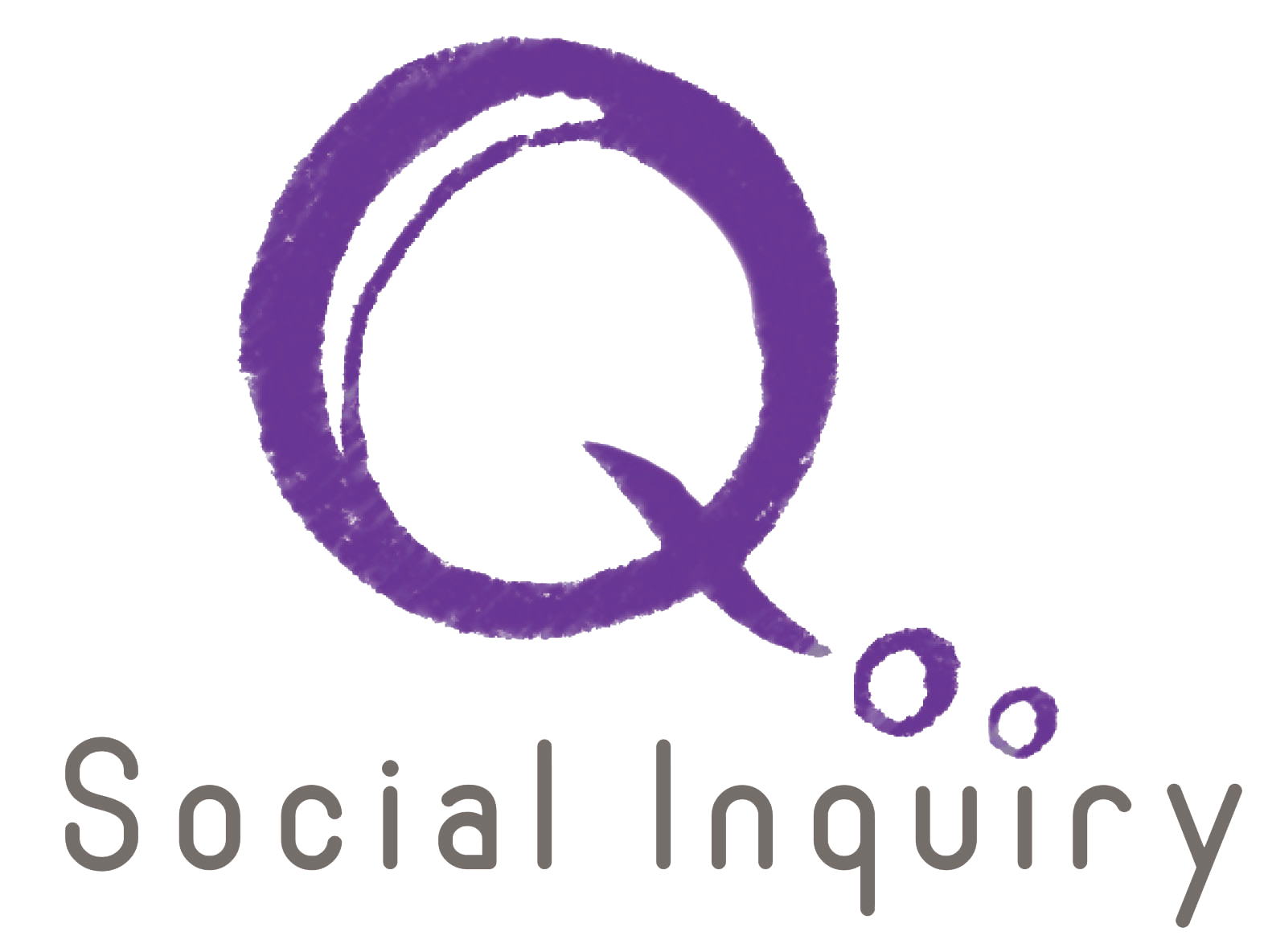Monitoring Conflict and Stabilization from the Bottom Up
Tigris River, December 2017. photo by: Social Inquiry.
So much of the discourse around fragile states focuses on analysis of what leaders and elites do and say and what that means for national, regional, and global interests. This is important but what is generally missing is any robust discussion or understanding of how ordinary people perceive what is happening and how they view their own lives and that of their community in the wake of this, even with necessary journalistic efforts in this regard. It usually takes some kind of civil unrest for these views to take centerstage before often fading into the background again, suppressed, ignored, or both, by the powers that be until the next time.
Filling this gap by capturing citizens’ perceptions and realities through rigorous, innovative, empirical study to bring these findings to the fore is one of Social Inquiry’s founding aims. It’s why we were excited to partner with the United States Institute of Peace in designing and developing their Conflict and Stabilization Monitoring Framework, the datasets and analysis of which are now available, covering topics linked to governance, safety and security, rule of law, social wellbeing and livelihoods, and, within these, accountability and reconciliation.
A FRAMEWORK OF MANY FACES
This flagship project began in 2017 and was piloted in Ninewa Governorate through data collection over three rounds between 2018 and 2019. It provides insight into how conflict-affected, ethno-religiously diverse communities navigate their increasingly complex, shifting, and entwined landscapes, how well they see themselves embedded (or not) within the social fabric. The point of this effort is to provide a regularly updated evidence-base to guide policies, programming, and further study on co-existence and peacebuilding, while also serving as a check into how close or far the local citizenry is from the views presented by those said to represent them.
One of the most telling findings for us across locations and identity groups is a pervasive sense that their suffering (before, during, and after the ISIL conflict) is not acknowledged by the state or others in the wider community, as depicted in the figure below. This is the underlying frame, in our view, from which current grievances and divisions spring. Working toward some kind of acknowledgement in word and deed, could start changing perceptions across a number of dimensions over time – as recognizing grievances would mean addressing them in governance, security, and wellbeing.
If you cannot see the figure, click here or refresh the page.
COMPLEX RESEARCH DESIGN AND DATA COLLECTION
The hunch to ask about this in the first place came not only from a review of literature on theory and practice relating to fragility, stabilization, rule of law, and peacebuilding, among others, but also from in-depth qualitative research into how people talk about themselves and what has and continues to happen around them. From this process of figuring out what specific indicators to measure came the complicated matter of not only determining what to ask, but how to ask it and who should ask. Given how much information is extracted from communities for assessments and planning that invariably end up as internal documents, we sought to do our best not to oversample and explore questions that hadn’t yet been answered but ones that need to be. Further to this, beginning work in the relative immediate aftermath of the ISIL conflict, we were cognizant that certain topics would be too sensitive to ask about directly and we would need to come up with relevant proxies. We would also need to ensure people knew their responses were confidential, anonymous, and protected. Moreover, given the slow rebuilding of communities and the ethno-religious and linguistic diversity of the locations we were targeting, building appropriately representative, gender-balanced field teams from these differing communities was imperative. These teams are a microcosm of Iraq and are the backbone of this work – they help in refining tools, guiding sampling, providing context knowledge, and validating findings.
NEXT STEPS
These are the considerations we are taking up once again as we work with USIP and field teams to refine the framework and begin new rounds of data collection, as it becomes safe to do so. While preparing such data and analysis takes time, our hope in it being public and in creating more outlets for dissemination is that the views of people who have bear the brunt of decision-making (or lack thereof) are known, understood, and at the heart of how to move forward.
Nadia Siddiqui is a Co-Director of Social Inquiry.

